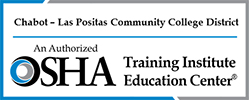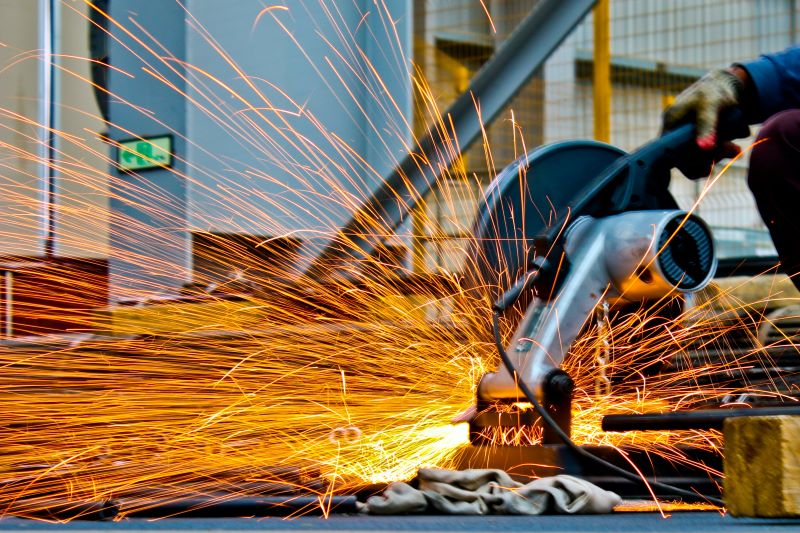Moving machine parts have the potential to cause severe workplace injuries, such as crushed fingers or hands, amputations, burns or blindness. Safeguards are essential for protecting workers from these preventable injuries. Any machine part, function, or process that may cause injury must be safeguarded. When the operation of a machine or accidental contact injure the operator or others in the vicinity, the hazards must be eliminated or controlled.
Two primary methods are used to safeguard machines: guards and safeguarding devices. Guards provide physical barriers that prevent access to dangerous areas. Safeguarding devices either prevent or detect operator contact with the point of operation or stop potentially hazardous machine motion if any part of a worker’s body is within the hazardous portion of the machine.
OSHA’s Safeguarding Equipment and Protecting Workers from Amputations provides information to help identify and manage common amputation hazards associated with operating and using stationary equipment.
OSHA’s Machine Guarding webpage offers general information on the various hazards of mechanical motion and techniques for protecting workers.
Upcoming OSHA #2045 Machinery and Machine Guarding Standards Classes

